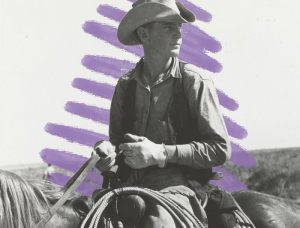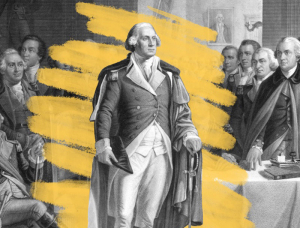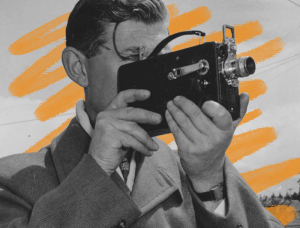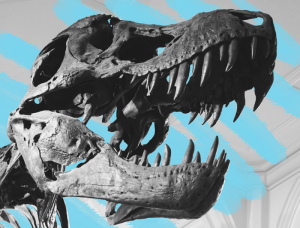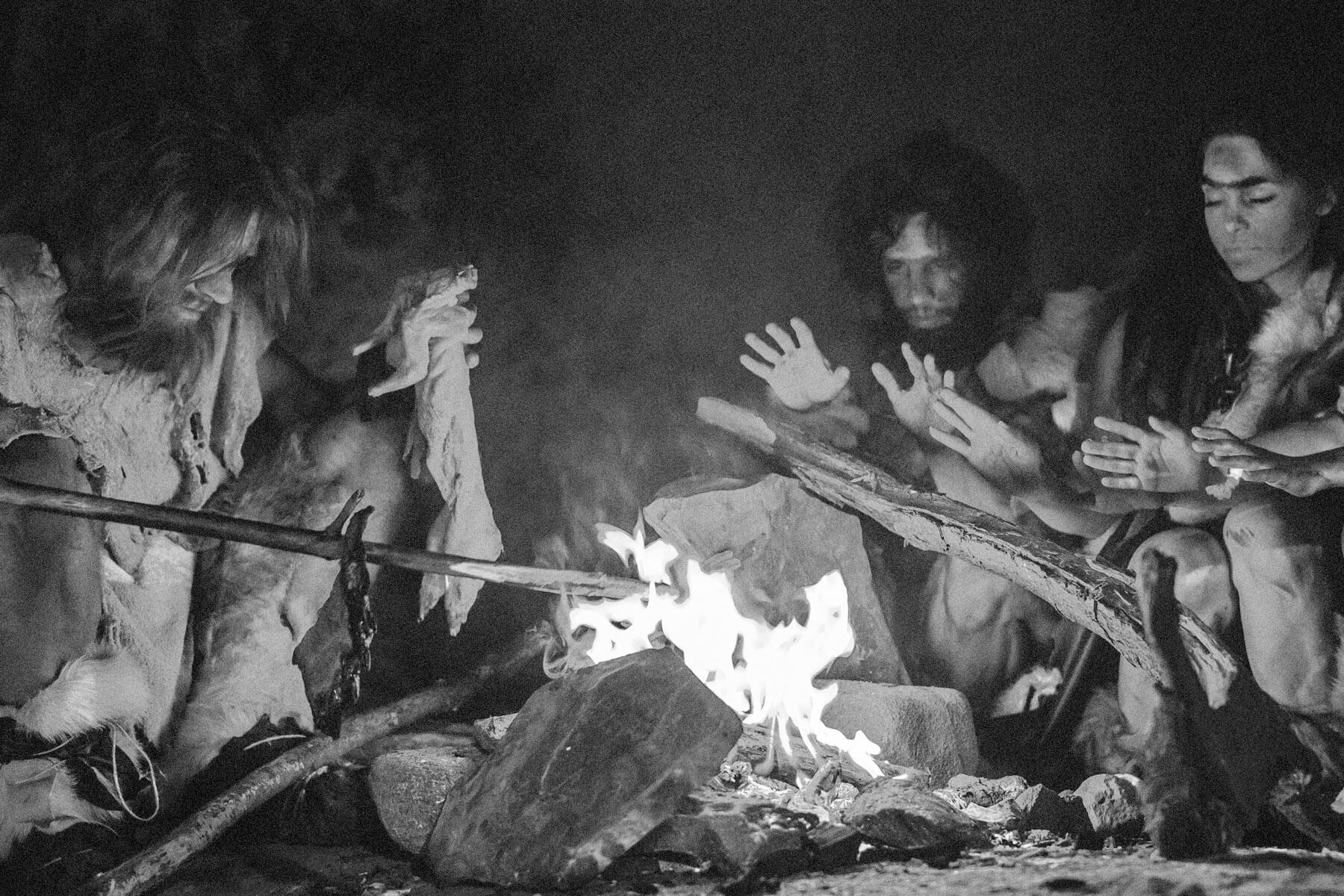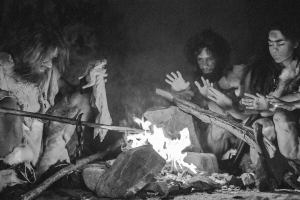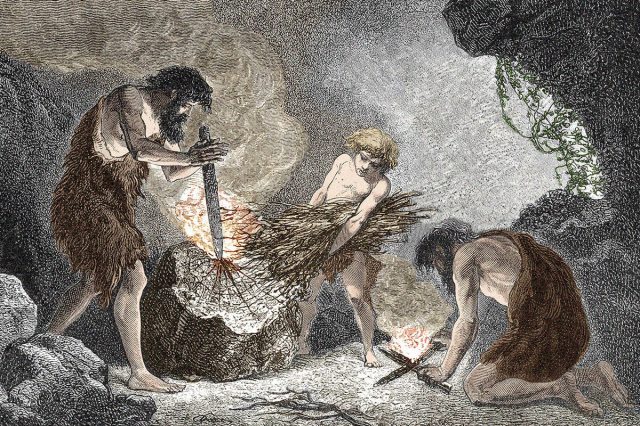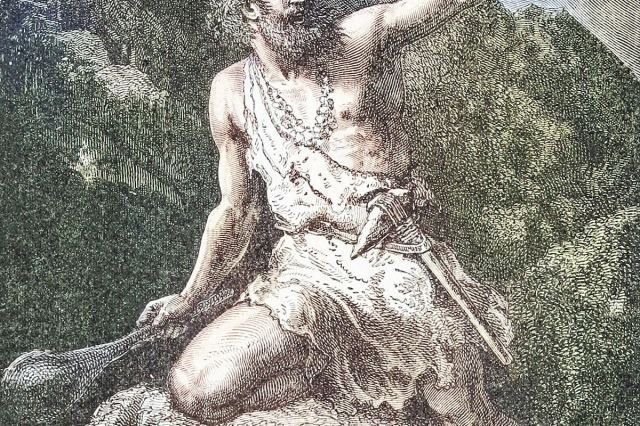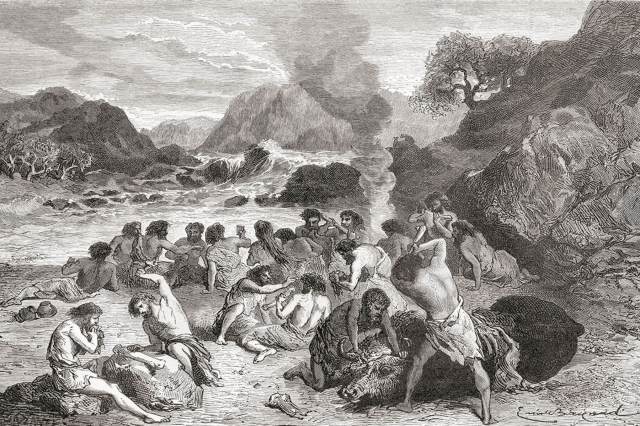How Did Early Humans Survive Winter?
For our prehistoric ancestors, the arrival of winter posed a daunting challenge to their very survival. As temperatures plummeted and snow blanketed the landscape, early humans faced a relentless battle against the elements. But through a remarkable combination of ingenuity, cooperation, and adaptation, they not only endured these harsh winter months, but in some cases even thrived during them.
The strategies our forebears developed to survive the cold provide fascinating insights into the resilience and resourcefulness of our species. From constructing sturdy shelters to harnessing the power of fire, early humans demonstrated an uncanny ability to overcome the trials of winter — and more often than not, their success was not a testament to individual survival, but rather the product of tight-knit communities working together to ensure the well-being of all.
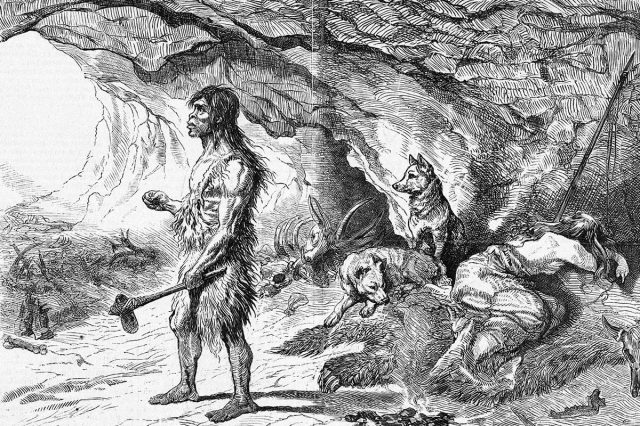
Sheltering From the Cold
As winter temperatures dropped and snowfall accumulated, our early human ancestors faced a serious test of survival. One of the key ways they adapted was by finding or constructing reliable shelter to protect themselves from the elements. Caves were one option, although the notion of the prehistoric “caveman” is largely misguided. There is evidence that in the Paleolithic period (the Old Stone Age), people used caves — they slept in them, cooked in them, and sometimes put cave art on the walls — as they moved from place to place with the seasons. But while these caves could make convenient shelters for both humans and animals, they were far from being the sole refuges of our early ancestors.
Early humans developed more sophisticated housing structures, including hide-covered tents and rudimentary huts made from wooden frames and packed snow or mud. The first known human shelters were constructed around 400,000 years ago by hunter-gatherers, probably the species Homo heidelbergensis, on a beach in what is now France. The largest hut was about 30 feet long — a far more technical achievement than living in a cave. These dwellings allowed humans to create microclimates that were significantly warmer than the freezing outdoor conditions.
You may also like
Recommendations For You
-
01.
 Science & Industry
Science & IndustryWhy Did Doctors Wear Beak Masks During the Bubonic Plague?
-
02.
 Science & Industry
Science & Industry5 Inventions That Came Out of the Great Depression
-
03.
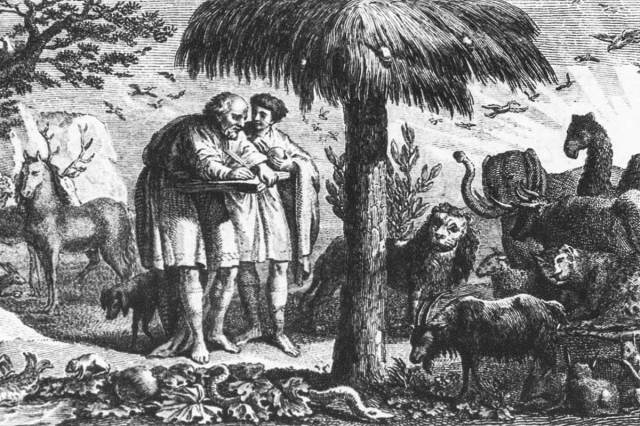 Science & Industry
Science & Industry6 Amazing Breakthroughs Made by the Ancient Greeks
-
04.
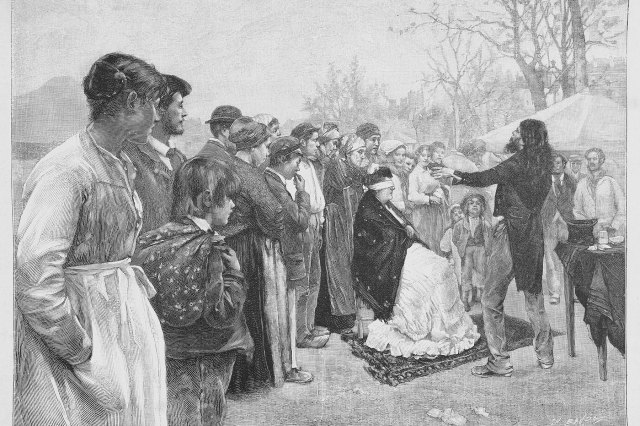 Science & Industry
Science & Industry6 Shocking “Scientific” Beliefs From Victorian England
